Transform Your Outdoor Space: Top Garden & Landscape Trends for Modern Homes
In the dynamic world of home aesthetics, garden and landscaping trends are constantly evolving, much like interior design. If your current outdoor area feels a little outdated or simply lacks the charm and functionality you desire, now is the perfect time to explore innovative techniques to breathe new life into your exterior spaces. Embracing these contemporary approaches can transform your garden into a pleasant, trendy, and highly functional extension of your home.
Beyond personal enjoyment, investing in modern landscaping trends offers significant tangible benefits. A thoughtfully designed garden not only elevates your home’s aesthetic appeal and provides a sanctuary for relaxation but can also substantially increase its market value. In today’s competitive real estate landscape, an attractive and well-maintained outdoor space can be a crucial differentiator, captivating potential buyers and yielding a better return on investment.
Let’s dive into a curated list of the best garden and landscape ideas that are currently shaping outdoor design, promising to bring beauty, utility, and (literally!) new life to your garden:
1. Sustainable Gardens and Native Plant Landscapes: Nurturing Nature
Sustainability has evolved from a mere buzzword into an essential practice in contemporary gardening and landscaping. At the forefront of this movement is the integration of native plants. These remarkable species are perfectly adapted to the local climate, soil conditions, and surrounding ecosystem, making them an ideal choice for eco-conscious homeowners. By selecting native flora, you are not only choosing beauty but also embracing an approach that requires significantly less intervention.
Native plant gardens naturally thrive without the constant need for human intervention. Their inherent resilience means they are less susceptible to local pests and diseases, drastically reducing the need for chemical pesticides. Furthermore, their adaptation to regional weather patterns translates to lower water requirements once established, diminishing the reliance on artificial irrigation and promoting natural ecological balance.
Benefits of Native Plant Gardens:
- Reduced Water Consumption & Lower Maintenance: Native plants are naturally adapted to local rainfall patterns, requiring less supplemental watering than non-native species. This saves significant amounts of water and reduces your utility bills, while also cutting down on the time and effort spent on garden care.
- Enhanced Biodiversity & Pollinator Support: By providing habitat and food sources, native plants are crucial for supporting local wildlife, including essential pollinators like bees, butterflies, and hummingbirds. This contributes to a healthier ecosystem right in your backyard.
- Natural Resilience & Longevity: Genetically suited to the local climate and soil, native plants are inherently more robust against regional weather extremes, pests, and diseases, ensuring a resilient and long-lasting garden.
- Aesthetic Harmony: Native landscapes blend seamlessly with the natural environment, offering an authentic beauty that reflects the local ecology and fosters a deeper connection to nature.
For those living in challenging climates, such as arid regions, focusing on sustainable landscaping is even more critical. Understanding how to design your garden to thrive in desert weather, for instance, can provide a beautiful and water-wise solution. This approach is not just a trend; it’s a responsible and rewarding way to garden that benefits both your home and the environment.
2. Introduction of Outdoor Living Rooms and Entertainment Spaces: Extend Your Home
One of the most popular and impactful garden and landscape ideas is transforming your backyard into an inviting outdoor living room. Imagine your yard not merely as a patch of grass but as a seamless extension of your indoor living space – a place where comfort meets nature. This trend blurs the lines between indoor and outdoor, creating versatile areas for relaxation, entertainment, and everyday living.
These sophisticated outdoor areas often feature comfortable lounge chairs, ambient lighting, and perhaps even a fully equipped barbecue and grill station, alongside cozy dining areas. Such elements convert your garden into an additional venue for hosting guests, celebrating events, or simply offering yourself a new oasis for leisure and much-needed rest and relaxation (who doesn’t crave some R&R?). The goal is to create the ultimate outdoor alfresco space for you, tailored to your lifestyle and preferences, providing a fresh perspective on outdoor enjoyment.
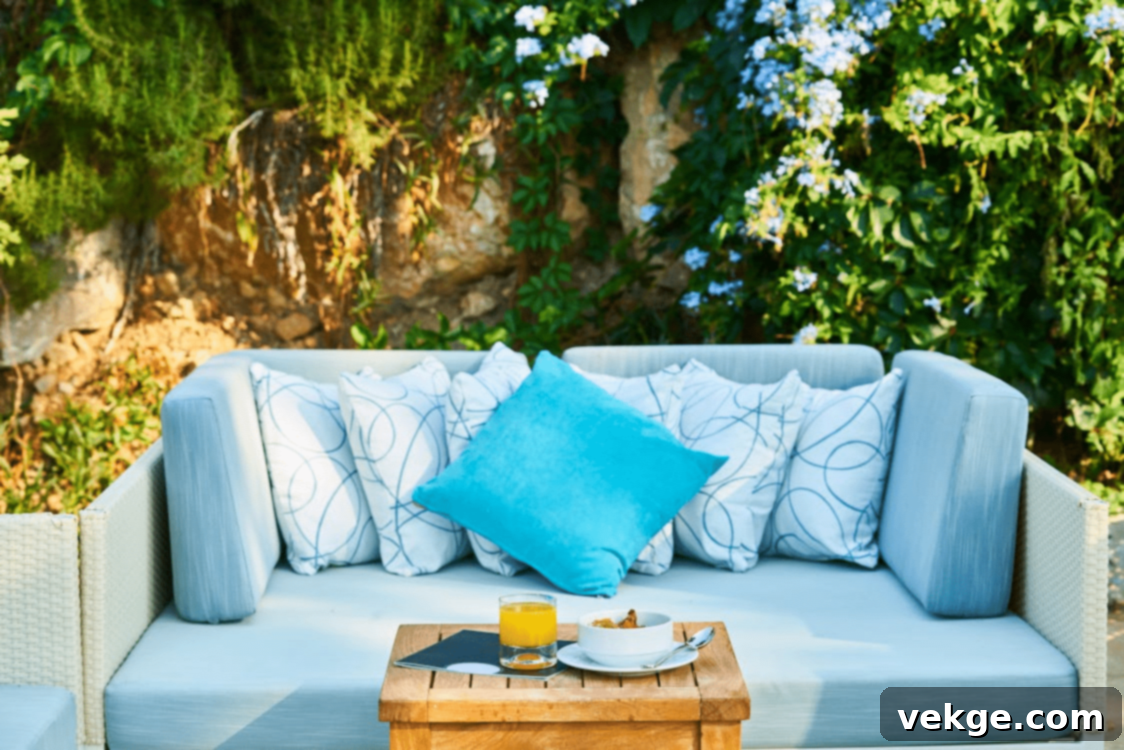
Key Features to Include for Outdoor Living Spaces:
- Durable Outdoor Furniture: Invest in high-quality, weather-resistant furniture made from materials like rattan, teak, aluminum, or synthetic wicker. These materials are designed to withstand the elements, ensuring comfort and longevity even in varying weather conditions.
- Fire Features for Ambiance and Warmth: A stylish fireplace or a portable fire pit can add significant warmth and comfort during cooler evenings, creating an inviting focal point and a cozy atmosphere for gatherings.
- Shade Structures: For sunny climates, elegant pergolas, sophisticated canopies, or retractable awnings provide essential shade, making your outdoor space comfortable during the hottest parts of the day while adding architectural interest.
- Outdoor Kitchens & Bars: For the ultimate entertainment zone, consider integrating a built-in outdoor kitchen with a grill, sink, and mini-fridge, or a dedicated bar area for serving refreshments.
- Lighting Solutions: Thoughtful lighting—including string lights, path lights, and accent lighting—can extend the usability of your outdoor space into the evening hours, enhancing both safety and ambiance.
Moreover, incorporating well-designed spaces for relaxation and dining can significantly boost your home’s curb appeal and market value. If you are considering to sell house fast Minnesota, such premium outdoor amenities can attract a wider range of potential buyers, as they transform a house into a lifestyle offering, making the property far more desirable and valuable.
3. Incorporating Edible Gardens: Beauty and Bounty
The practice of growing your own food has transcended being just a passing trend; for many, it’s become a sustainable lifestyle choice and a practical way to manage grocery expenses. Beyond the financial benefits, homegrown food offers unparalleled freshness and flavor, while also adding an unexpected layer of beauty and functionality to your garden. Imagine stepping outside to harvest vibrant, organic produce right from your backyard – a truly rewarding experience.
There are numerous creative and aesthetically pleasing ways to integrate an edible garden into any space, regardless of size. Raised garden beds offer excellent drainage and make gardening more accessible, while vertical planters are perfect for maximizing space in smaller yards or patios. Small herb gardens, whether in pots on a windowsill or tucked into a dedicated corner, provide fresh seasonings year-round and add delightful fragrances to your outdoor environment.
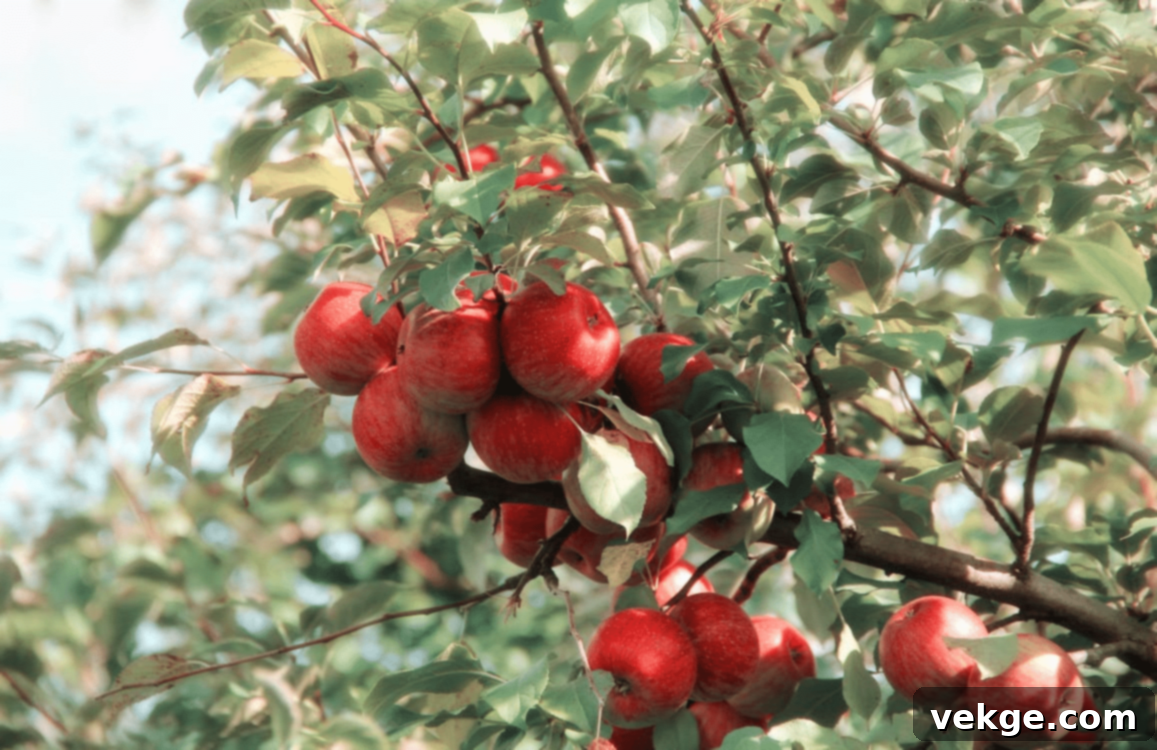
Benefits of Edible Gardens:
- Fresh, Organic, and Unprocessed Food: Enjoy direct access to nutrient-rich produce that is free from pesticides and harmful chemicals, picked at peak ripeness for maximum flavor and health benefits. You know exactly where your food comes from.
- Significant Savings on Groceries: Cultivating your own fruits, vegetables, and herbs can drastically reduce your weekly food expenses, making healthy eating more affordable and accessible.
- Accessible Physical Activity: Gardening offers a gentle yet effective form of exercise, engaging various muscle groups and providing a rewarding outdoor activity suitable for all ages and fitness levels. It’s a wonderful way to connect with nature and relieve stress.
- Educational for Families: Edible gardens provide a fantastic opportunity for children to learn about where food comes from, healthy eating, and the natural life cycle, fostering a sense of responsibility and curiosity.
You can easily start creating an edible landscape by planting versatile crops like tomatoes, peppers, lettuce, and an assortment of herbs (basil, mint, rosemary) that thrive in raised beds, containers, or even directly in the ground. Integrating these plants thoughtfully into your landscape can blend beauty with functionality, turning your garden into a productive and picturesque space.
4. The Rise of Minimalist and Zen Gardens: Serenity in Simplicity
For those seeking tranquility and a modern aesthetic, minimalist and Zen gardens offer a compelling solution. Defined by contemporary simplicity, clean lines, and a focus on balance, these garden styles are particularly ideal for small garden spaces or urban settings where every element serves a purpose. They are designed to induce relaxation and contemplation, providing a peaceful retreat from the hustle and bustle of daily life.
These gardens are beautifully plain, eschewing clutter for carefully chosen elements and deliberate placement. They often feature a restrained color palette dominated by natural wood tones, muted grays, and crisp whites, which contribute to their calming effect. The emphasis is on texture, form, and the interplay of natural materials, creating an atmosphere of quiet elegance and harmony. This approach embodies the essence of “less is more,” fostering an environment perfect for more R&R (rest and relaxation!).
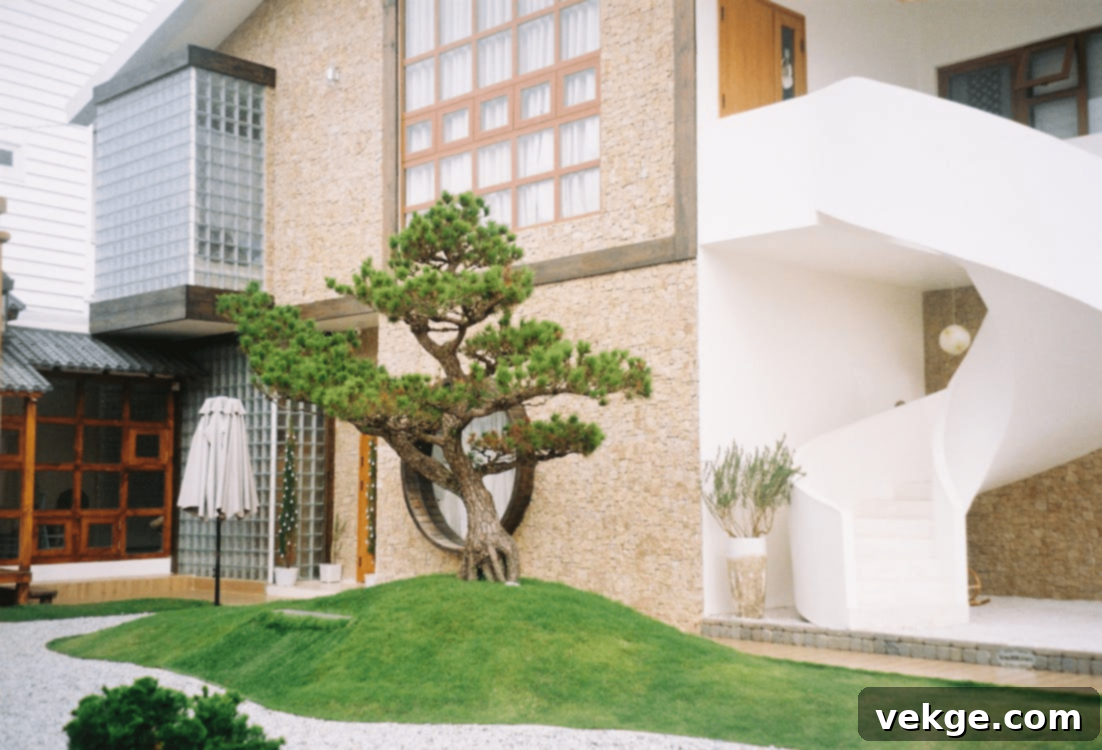
Essentials for a Minimalist Garden:
- Gravel and Rocks: Utilize gravel and thoughtfully placed large rocks or boulders as foundational elements. These create texture, define spaces, and offer a sense of permanence and natural beauty, often paired with ornamental grasses for subtle movement.
- Sculptural Components: Incorporate artful, minimalist sculptures or natural elements like carefully chosen bamboo arrangements or a single, striking stone. These serve as focal points without overwhelming the design, adding depth and visual interest.
- Focal Point Plants: Select a few, strategically placed plants that act as key focal points. Examples include a meticulously pruned bonsai, an elegant ornamental tree, or unique succulents. These plants are chosen for their form, texture, and ability to command attention in a subtle way, rather than for a riot of color.
- Clean Lines and Defined Paths: Emphasize geometric shapes and clear pathways using pavers or stepping stones. This creates a sense of order and structure that is central to both minimalist and Zen garden designs.
This calming garden style is not only visually appealing but also exceptionally low maintenance, making it perfect for busy homeowners. Its adaptability to modern architectural aesthetics ensures it remains a timeless choice for creating a serene outdoor sanctuary.
5. Designing with Water Components for Serenity: The Calming Flow
Few elements can match the serene ambiance that the sound of flowing water brings to a garden. Water features have long been cherished for their ability to transform outdoor spaces into calming retreats, offering both auditory pleasure and visual beauty. The gentle murmur of a fountain or the soft ripple of a pond creates an immediate sense of peace and relaxation, making them highly desirable additions to any landscape.
Beyond their aesthetic and auditory appeal, water features are particularly useful for creating a cool oasis during warmer seasons. The presence of water can slightly lower ambient temperatures through evaporation, providing a refreshing escape from the heat. Whether it’s a grand installation or a subtle accent, a water component instantly elevates the sensory experience of your garden, attracting local wildlife and fostering a deeper connection to nature.
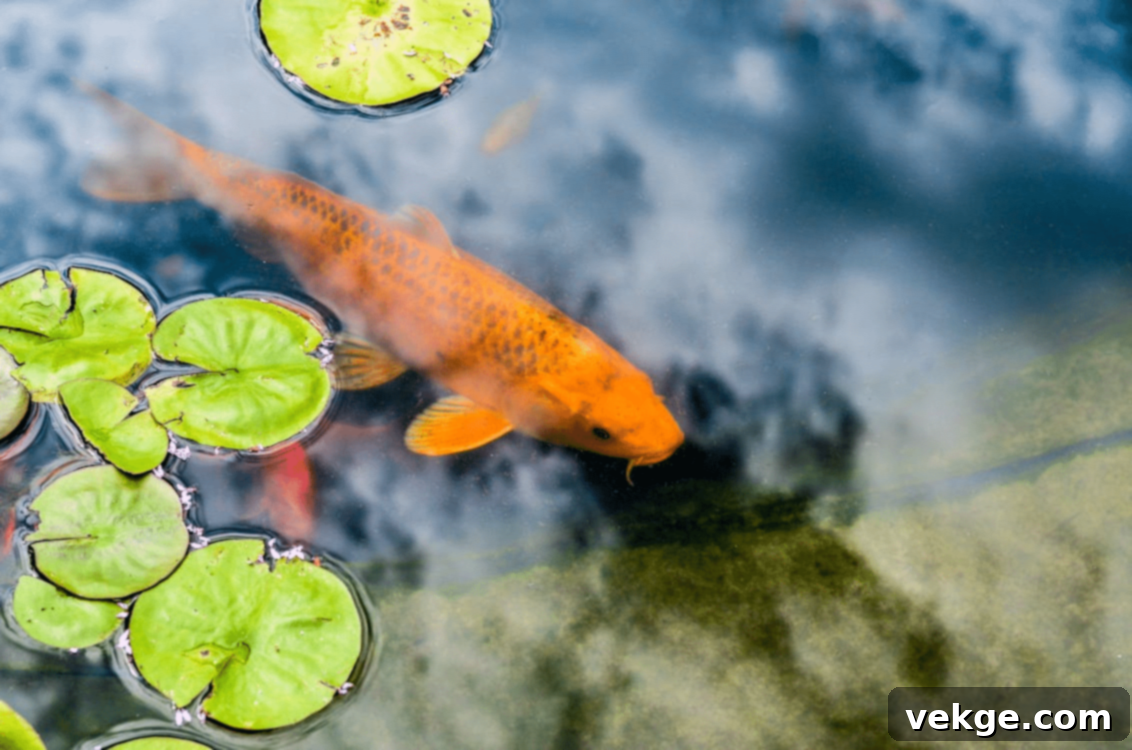
Types of Water Features to Consider:
- Bubbling Rocks or Boulder Fountains: Ideal for compact spaces, these features consist of water bubbling up from a rock or boulder and gently cascading over its surface, creating a subtle sound and visual interest without requiring a large pond.
- Wall-Mounted Waterfalls or Fountains: Perfect for adding vertical dimension, these features are affixed to a wall and allow water to gently flow or sheet down, offering a sleek, contemporary look that conserves ground space.
- Koi Fish Ponds or Bird Baths: For wildlife enthusiasts, a well-designed koi pond can become a living ecosystem, teeming with vibrant fish and aquatic plants. Even a simple bird bath can attract a delightful array of feathered visitors, adding lively movement and sound to your garden.
- Pondless Waterfalls: These offer the visual and auditory appeal of a waterfall without the maintenance of an open pond. Water disappears into an underground reservoir, making them a safe and low-maintenance option for families with children or pets.
When selecting a water feature, consider the size of your space, the overall aesthetic of your garden, and the level of maintenance you are comfortable with. Proper filtration and occasional cleaning will ensure your water feature remains a beautiful and soothing focal point for years to come.
6. Application of Vertical Gardens: Effective Utilization of Available Space
Vertical gardening represents an ingenious solution for homeowners looking to maximize green space, especially in urban environments or properties with limited ground area. This innovative technique involves growing plants upwards on walls, fences, or specially designed trellises, or allowing them to gracefully hang from elevated structures. It transforms unused vertical surfaces into vibrant, living canvases, adding immense aesthetic value and functionality.
The beauty of vertical gardens lies in their versatility. They are perfect for small backyards, patios, balconies, or even indoor spaces, allowing you to cultivate a diverse range of plants, from colorful flowers to edible herbs and vegetables, without occupying precious ground real estate. There are many hanging plants that can beautify your space, creating a lush, multi-dimensional display that’s both visually striking and environmentally beneficial.
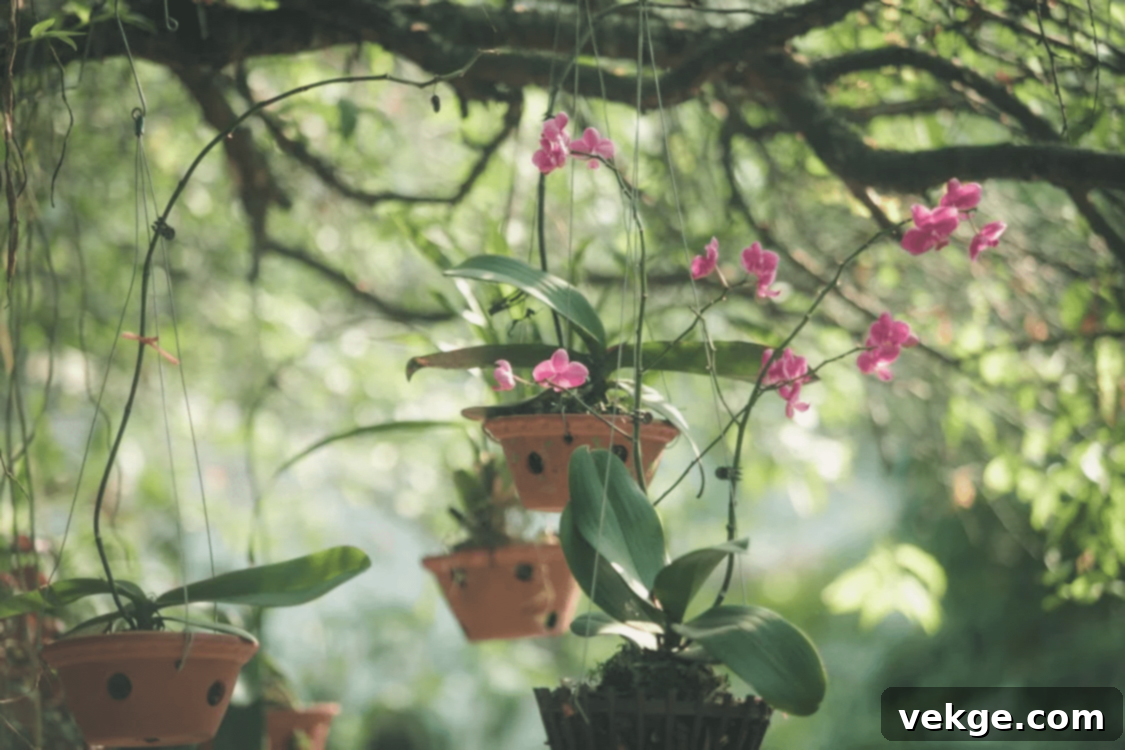
Popular Vertical Garden Ideas:
- Wall-Mounted Herb and Flower Pots: Utilize modular systems or individual pots hung on a wall to create a dynamic display of culinary herbs or vibrant flowering plants. This allows for easy access and changing arrangements.
- Pocket Vegetation Walls: Fabric pocket planters or modular panels can transform an entire wall into a living tapestry of foliage and blooms. These systems are excellent for creating lush, green backdrops or even growing a variety of small edibles.
- Climbing Plants on Trellises: Encourage climbing plants like ivy, fragrant jasmine, climbing roses, or even edible vining plants like cucumbers and tomatoes to grow upwards on trellises. This creates a fresh, natural-looking wall with added fragrance and visual appeal.
- Vertical Succulent Displays: For a low-maintenance yet striking vertical garden, arrange a collection of succulents in a specialized frame or planter. Their diverse shapes, colors, and minimal water needs make them ideal for a resilient and artistic display.
Beyond aesthetics, vertical gardens can also help improve air quality, reduce urban heat island effects, and even provide a degree of insulation for walls. They are a smart, beautiful, and sustainable way to bring more greenery into any limited space.
7. Low-Maintenance, Drought-Resistant Landscaping: Smart & Sustainable
A significant and increasingly crucial trend in 2024 landscaping is the heightened concern over water scarcity and conservation. Climate change and fluctuating weather patterns have led many homeowners to prioritize efficient water usage, making drought-tolerant landscaping a highly sought-after solution. This approach, often referred to as xeriscaping, integrates plants and design principles that drastically reduce the need for supplemental irrigation while maintaining a beautiful and appealing outdoor space.
Drought-resistant gardens are thoughtfully designed to thrive with minimal water, primarily relying on natural rainfall once established. They incorporate a carefully selected palette of plants such as succulents, cacti, ornamental grasses, and Mediterranean species that are naturally adapted to dry conditions. These plants not only conserve water but often offer unique textures, colors, and forms that contribute to a distinctive and modern garden aesthetic.
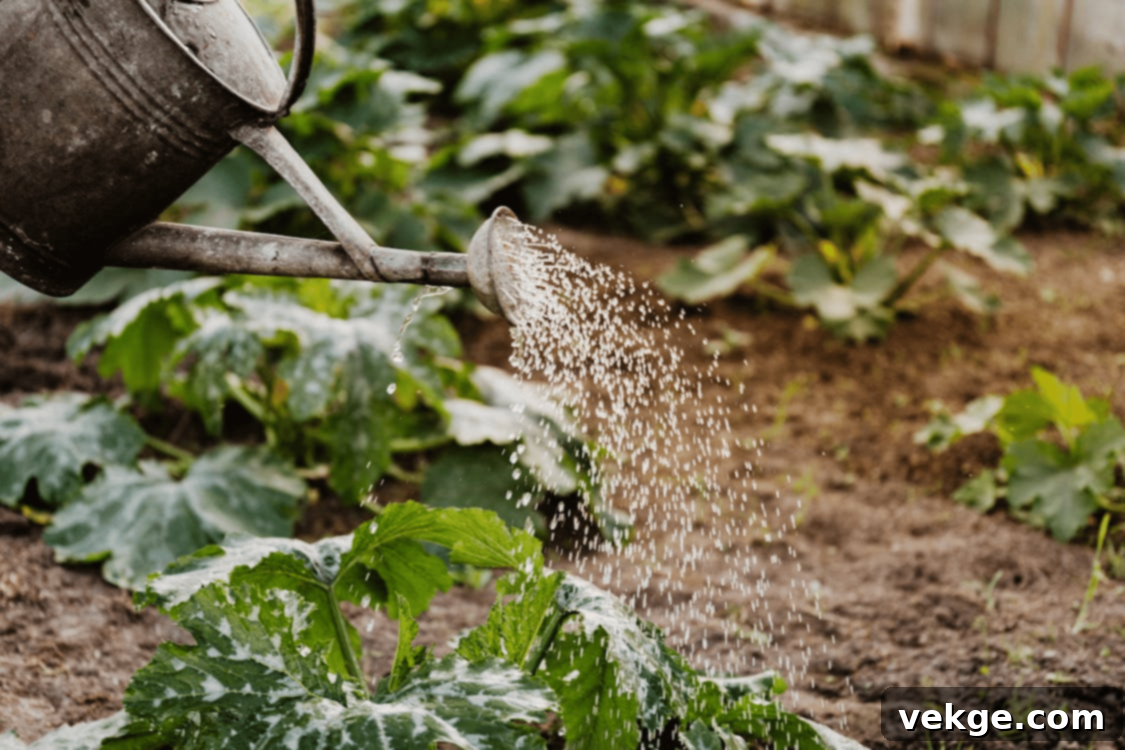
Key Elements of Drought-Resistant Gardens:
- Strategic Plant Selection: Choose plants specifically known for their low water needs, such as lavender, yucca, sage, sedum, various grasses (e.g., fescue, switchgrass), and agave. These plants are not only water-wise but also offer diverse textures and colors.
- Efficient Mulching: Utilize rock mulch, gravel, bark, or wood chips as soil coverage. Mulch significantly helps retain soil moisture, suppresses weed growth, and moderates soil temperature, greatly reducing the need for frequent watering.
- Drip Irrigation Systems: Install efficient drip irrigation or soaker hose systems that deliver water directly to the plant roots. This minimizes water waste due to evaporation and runoff, ensuring plants receive water precisely where and when they need it.
- Soil Improvement: Enhance soil with organic matter to improve its water retention capacity and overall health, especially in sandy or heavy clay soils.
- Zoning Plants: Group plants with similar water needs together to optimize irrigation schedules and avoid over or under-watering.
This landscaping style is particularly beneficial in arid regions or areas prone to drought, offering a sustainable, aesthetically pleasing, and remarkably easy-to-maintain garden option. By adopting drought-resistant landscaping, you can create a beautiful exterior that is both environmentally responsible and provides long-term cost savings on water and labor.
Conclusion: Embrace the Future of Outdoor Living
Updating your outdoor space doesn’t have to be an overwhelming endeavor. With a clear understanding of your personal goals and the specific characteristics of your garden, you can easily implement trends that align with your vision. The diverse range of choices available today—from lush sustainable landscapes to elegant outdoor living rooms, productive edible gardens, serene Zen retreats, and water-wise designs—means you can tailor your exterior to be anything from a cozy extension of your home to a welcoming, tranquil sanctuary.
Beyond personal enjoyment and enhanced lifestyle, upgrading your landscaping offers a strategic advantage if you’re considering a home sale. A well-designed and maintained outdoor area significantly boosts your property’s curb appeal and market value, making it more attractive to potential buyers and commanding a better price. It signals to buyers that the home has been cared for and offers immediate, usable outdoor living space.
So, don’t wait to revitalize your home’s exterior. Start exploring these exciting landscaping trends today and take advantage of the many ways they can transform your garden into a beautiful, functional, and valuable asset!
